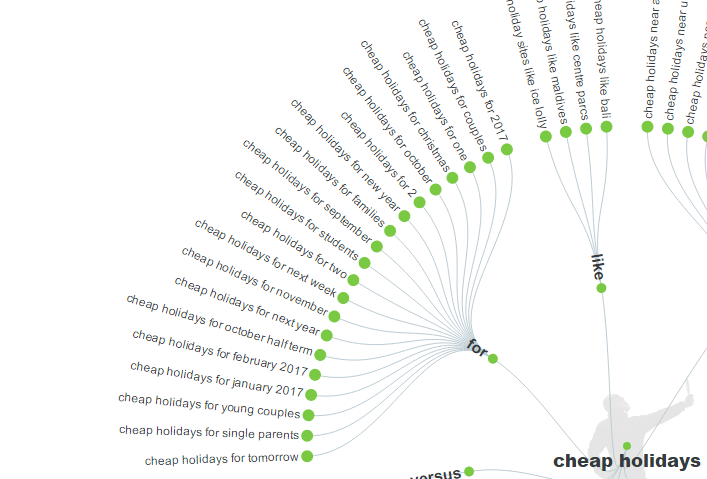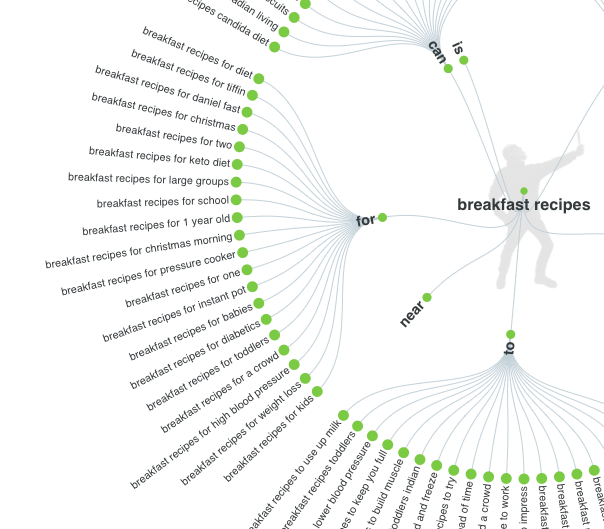Ever since I was old enough to think about my future career with any sense of realism, I wanted to be a journalist. Writing was my passion, or so I thought. I’ve now come to realise that while I love writing, it’s being nosey about people; getting under their skin, hearing their stories and learning why they behave in the way they do that fuelled my journalistic dream.
This realisation only came quite recently; almost nine years into a career in digital marketing, which has seen me work in roles spanning PR, content, creative, insight and strategy. I actually pursued a career in journalism for a long time, even completing a multimedia journalism degree at Bournemouth University before stumbling into marketing via an internship at an incredible agency, where I remain today.
I’m writing this post as the final milestone in a lengthy, headache-inducing, but incredibly satisfying journey I’ve been on over the past two years. It’s one that my inner literature geek had never dared dream might actually happen, and it also brings together my marketing career and that nosey, journalistic driver of mine.
I’ve written a book! It’s no novel, but it is something I’m incredibly proud of and that I hope will add value and spark new ways of thinking for all who read it. Audience Insight in the Age of Google is for marketers who plan content, gather audience insight, develop brands, work on product development, generate creative and beyond. It will teach you how to read the mind of consumers with a focus on the incredibly popular AnswerThePublic.com.
I believe that, as marketers, we can learn so much from how consumers search online. And search behaviour is not a data source that should remain hidden in the SEO department of a brand or agency. I sincerely hope that my book can help more people to tap into this rich source of audience insight.
If this has piqued your interest, I’ve included a snippet of the book below. I’d love to hear any feedback. And if you remain keen, you can get a copy of the book here.
‘Tailored’ searches by persona
Beyond locality, another way we as consumers tailor our search language, in pursuit of super-relevant results, is by using personas or needs. These ‘search personas’ fascinate me. Consumers literally tell Google what they consider to be the most important factors when they’re looking to buy or book something, on a daily basis. Within AnswerThePublic, it’s the ‘for’ branch which is where you can find this rich vein of insight.
Let’s focus on ‘cheap holidays’ as an example:

Straight away, looking at that ‘for’ branch, there are some clear audiences being highlighted:
· Couples
· Solo travellers
· Families
· Students
· Young couples
· Single parents
If I sold cheap holidays, I’d be starting to think about how well my brand, my products and my marketing appealed to each of these audiences. Is my brand relevant to them? Do we have product that works for each of them — and if not, why not, given that they’re broadly looking for what we sell? Am I creating content that entertains, informs and inspires each of them quite specifically?
You can use the same approach in other industries too. Let’s look at breakfast recipes; something that might be of interest to a grocery retailer, and again, that ‘for’ branch:

Again, there are some clear (and also more subtle!) audiences appearing:
· Parents (breakfast recipes: for school, for 1 year old, for babies, for toddlers, for kids)
· Dieters (breakfast recipes: for diet, for keto diet, for weight loss)
· Diabetics
· Busy cooks (breakfast recipes for: instant pot, pressure cooker)
· Couples (breakfast recipes for two)
· Social butterflies (breakfast recipes for large groups)
As a grocery retailer, again, I’d be thinking about what I do for each of these audiences. I’d be looking to understand them further and assessing to what extent my brand, my products and my marketing appealed to each of them. Do we help busy parents? Do our products help people to lose weight? Are they suitable for diabetics? And so on.
Essentially, when consumers include ‘for’ in their search term when they’re on a buying mission, they’re waving a big flag in your face; telling you who they are and what they need from a product or service like yours. Whether it’s your content team, your PR team, your buying team or another team altogether — you should be using this insight.
This is an excerpt from Audience Insight in the Age of Google, by Sophie Coley. You can purchase the book here.